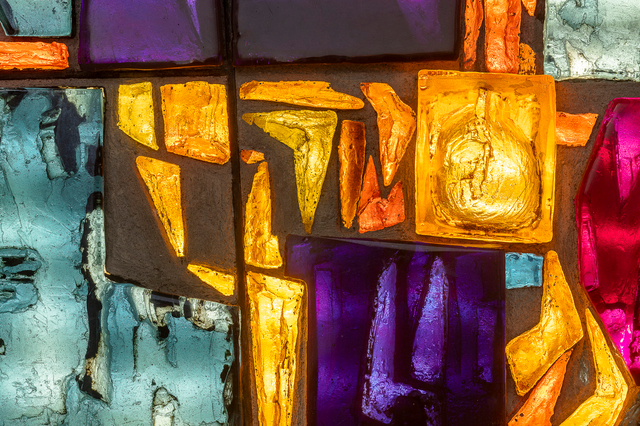Turning the Spotlight on Jaroslava Brychtová
By: Emma Hanzlíková
Photo: Estate of Stanislav Libenský and Jaroslava Brychtová and Tomáš Souček, Special Thanks to Amy J. Hughes, Zdeněk Lhotský, Jaroslav Zahradník
Who Comes First
Libenský – Brychtová or Brychtová – Libenský? Their works are found in collections around the world, from London’s Victoria & Albert Museum and the Metropolitan Museum of Art in New York, to the Corning Museum of Glass and countless private collections. Who was Jaroslava Brychtová really? A creator of innovative sculptures, a pioneer of complicated technological procedures, an artist, a woman and a mother whose works still resonate on the international glass scene and in the context of contemporary Czech art.
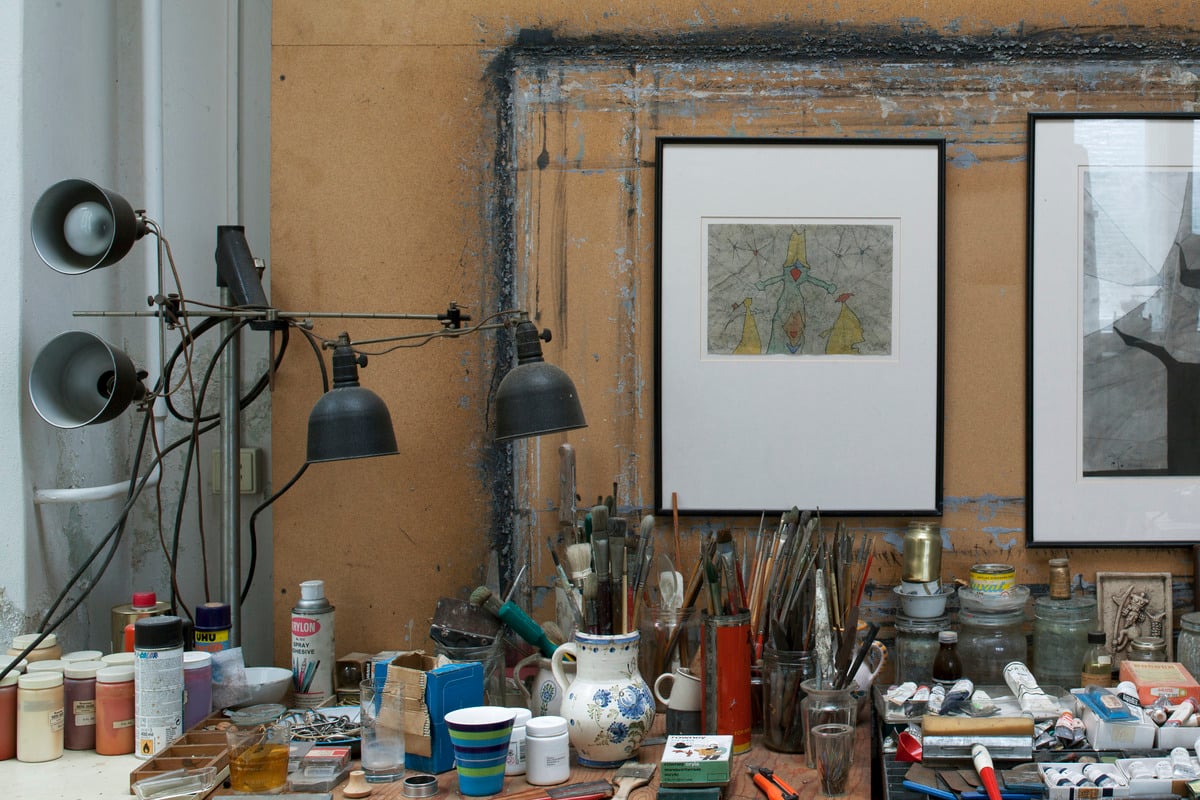
Living Glass
This world-famous glass artist would have just celebrated her 100th birthday. Born in the glassmaking town of Železný Brod in northern Bohemia in 1924, Jaroslava Brychtová grew up in a slate-clad villa built by her father Jaroslav Brychta (1895–1971), who set her off down the path of artistic glass. He created what he called living glass from drawn and blown glass – figurines of animals, mythical figures and sportsmen. Jaroslava’s mother Anna was a weaver, so Jaroslava grew up in a creative environment of studios and workshops. A trip to Paris with her father after the end of the war in 1946 gave her the chance to discover non-European art from Africa and Oceania at the Musée de l’Homme, which influenced her work.

Mould Melting
In the postwar years 1945–1947, Jaroslava studied at the Academy of Arts, Architecture and Design (AAAD) under the supervision of architect and sculptor Karel Štipl, who specialized in glyptics. She later continued on to the Academy of Fine Arts to study under sculptor Jan Lauda. But she enjoyed experimenting with mould-melting, a technique frequently used by her father – Brychta had used plaster moulds to recycle waste glass from figurine production. She did basrelief using the French technique of pâte de verre, where glass is ground down to the consistency of sugar and mixed with a liquid binder to create a doughy mass that can be pressed into moulds. Jaroslava kept developing the mould-melting technique throughout her life.
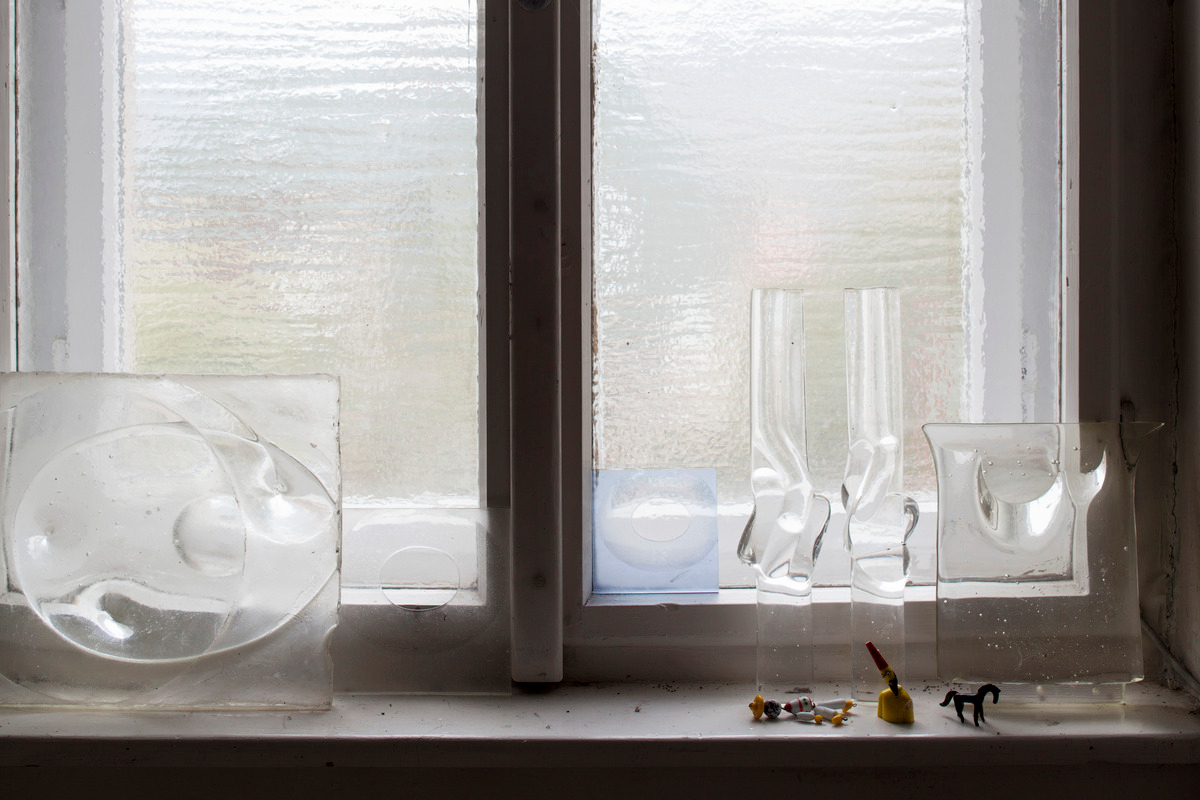
Centre for Cast Glass
Although Stanislav and Jaroslava had been at the Academy of Fine Arts in Prague at the same time, they only met in Železný Brod in 1953. In the following year, Jaroslava founded a specialist centre for glass in architecture, which was first located in Železný Brod before moving down the road to Pelechov and becoming part of the state firm Železnobrodské sklo. It was the cast glass from Pelechov that made Czechoslovak glass art famous abroad. Jaroslava Brychtová was the centre’s standout designer right up until 1984, when she turned 60. Since 1994, five years after the overthrow of the communist regime, the Pelechov studio of cast glass has been owned by the artist Zdeněk Lhotský, who is also the leading technological trailblazer in this specific field, building on the strong foundations laid by the Brychtová – Libenský collaborative duo.
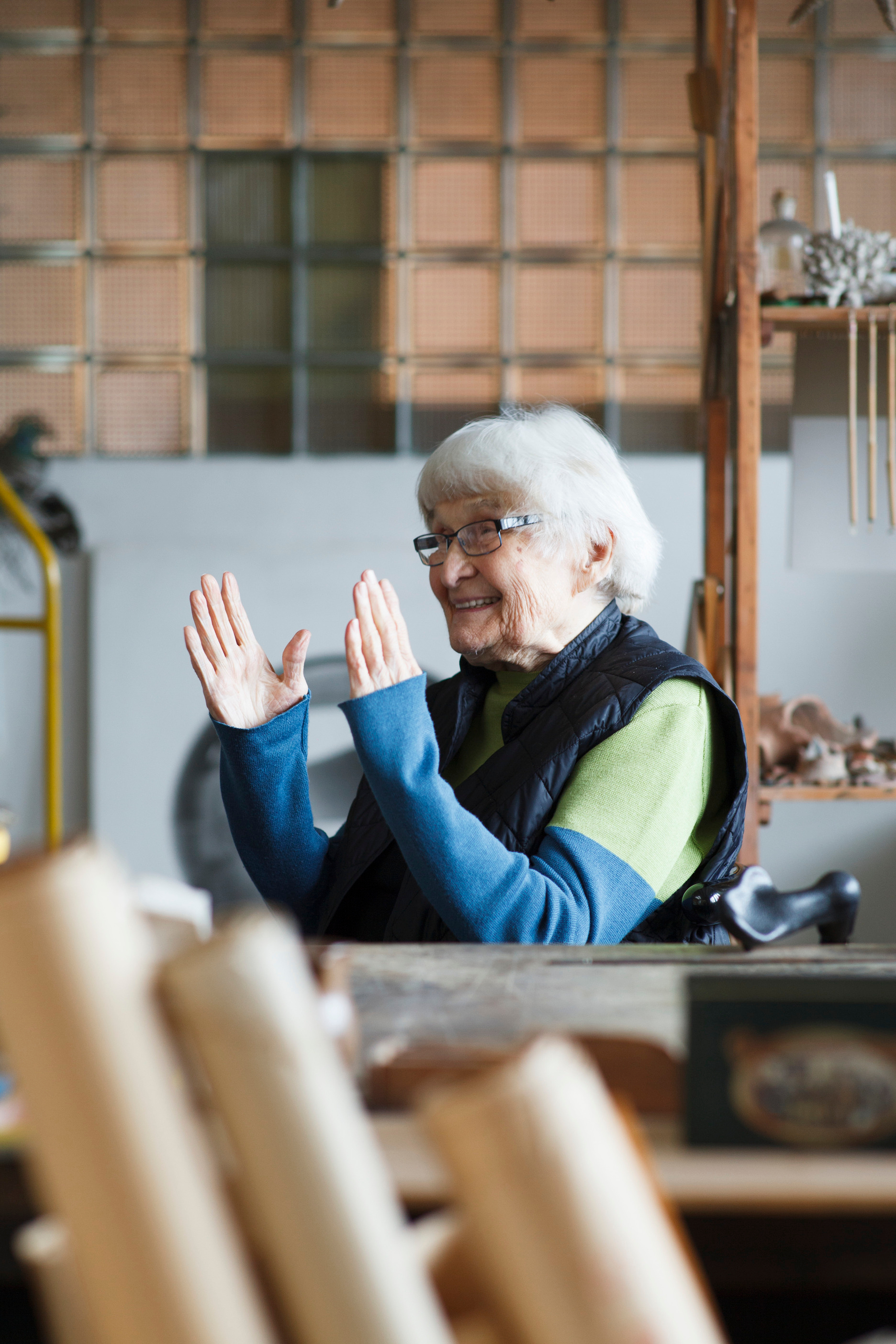
Libenský's Shadow
Stanislav Libenský had studied under Josef Kaplický. In 1963, he took over the Glass Studio at the AAAD from his former teacher, and in the same year he married Jaroslava. They continued to work as a team, often on foreign commissions intended to boost the prestige of the Czechoslovak state or for international shows, where they received many awards. Stanislav drew designs for glass sculptures, and Jaroslava translated her husband’s ideas into three-dimensional objects, providing the technical know-how that guaranteed the quality of the workmanship. Their shared desire to gain recognition in the discipline of glass sculpture was so strong that at first she was content to stay out of the spotlight, letting her partner and collaborator sign the works and do the talking. She humbly stood in Libenský’s shadow, even though she was the one who kept pushing the technological boundaries of glass sculpture, freeing glass from the straitjacket of applied art and design and turning it into fine art, thus launching an entirely new field.

From Expo to the World and Back
After international success and the well-deserved Grand Prix for the first large-scale glass panel with coloured glass stones with animal motifs created for Expo 58 in Brussels, new horizons briefly opened up for Czechoslovak cast glass. The awards kept coming, and Brychtová and Libenský became an inspiration for glass sculpture artists all over the world – in Japan, France and the USA. The married couple managed to successfully bridge the period of normalisation in Czechoslovakia, a time when, paradoxically, works for sacred spaces became their domain. In the 1960s, they worked on a commission for two windows for the Saint Wenceslas Chapel in Saint Vitus Cathedral. For this commission, they modified the studio in the Brychta family villa in Železný Brod to let them work on designs nearly seven metres high. In Pelechov, at the centre she had founded, Jaroslava Brychtová cast a total of twenty-five parts from which the windows were pieced together.
Monumental Reliefs
The artists had already tried a similar system when working on the relief Fire and Glass I and II (1959–1961), when they set cast glass in concrete parts. In the drab and conformist environment of 1970s Czechoslovakia, they created the legendary River of Life – measuring twenty-two metres in length, the sculpture was made the centrepiece of the Czechoslovak pavilion at the Osaka Expo and was interpreted as a symbolic protest against the occupation of Czechoslovakia. In addition to monumental reliefs for the Czechoslovak embassies in Tokyo, Stockholm and Berlin, which showcased their unconventional approach to working with glass abroad and thus demonstrated the high standard of Czechoslovak glasswork, they continued their dialogue with old religious architecture, although the buildings had often been transformed for secular purposes.

Emancipated Glass Sculptor
In a meditative documentary called Space of Light, made in 2010 for an international conference at the Seattle Art Museum dedicated to women in glass, Jaroslava Brychtová recalled her husband Stanislav, whom she outlived by almost twenty years, as a very audacious man, while she always regarded herself more as a “cautious and responsible person who made sure the glass didn’t break.” She claimed that she “was not popular in the factory because [she] was strict and uncompromising about achieving the best relief and colour results.” The creatively emancipated Brychtová was aware of her natural authority in the all-male collective of the glassworks. Although making small-scale applied glass, such as jewellery, decorative figurines or glassware, would be considered more of a female domain, Brychtová was not afraid to break out of this stereotypical box, preferring to make massive glass walls instead of dainty glass tiles, thus ensuring that artistic cast glass sculpture became a worldwide phenomenon.
Legacy of Brychtová
As part of her archival research exploring affect as a political strategy in modernist glass and monumental sculpture in post-war communist Central Europe, Amy J. Hughes spent seven years in the Czech Republic, studying the art created by Jaroslava Brychtová with Libenský. She has no doubt about Brychtová’s influence on the development of monumental glass sculpture. “In the context of monumental casting technology, her influence in expanding 20th century definitions and possibilities of expressive monumental cast glass sculpture cannot be overstated. Today some of the largest cast glass sculptures are still made in this region, a testament to their legacy, and specifically to Brychtová’s instrumental role in helping develop kilns large enough to anneal large-scale glass.”
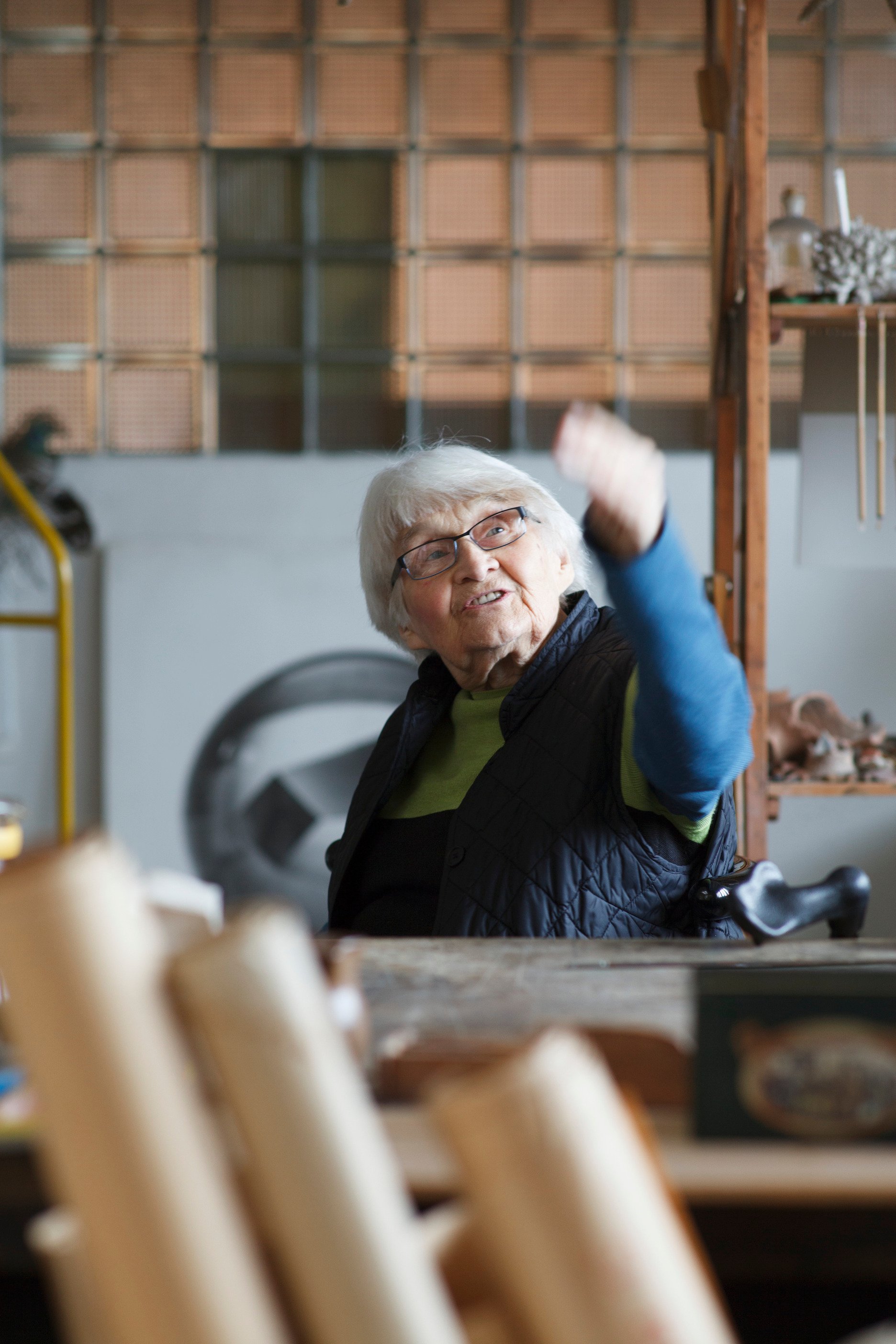
Jaroslava Brychtová
She was born on July 18, 1924 in Železný Brod. After studying at the Academy of Arts, Architecture and Design in Prague, she returned to North Bohemia, where she met her life partner and creative counterpart Stanislav Libenský. Together, they experimented with the technique of fused sculpture. Thanks to Brychtová and Libenský, Czech fused sculpture in architecture and original glass have earned a position of a world-renowned phenomenon. Jaroslava Brychtová died in 2020.
